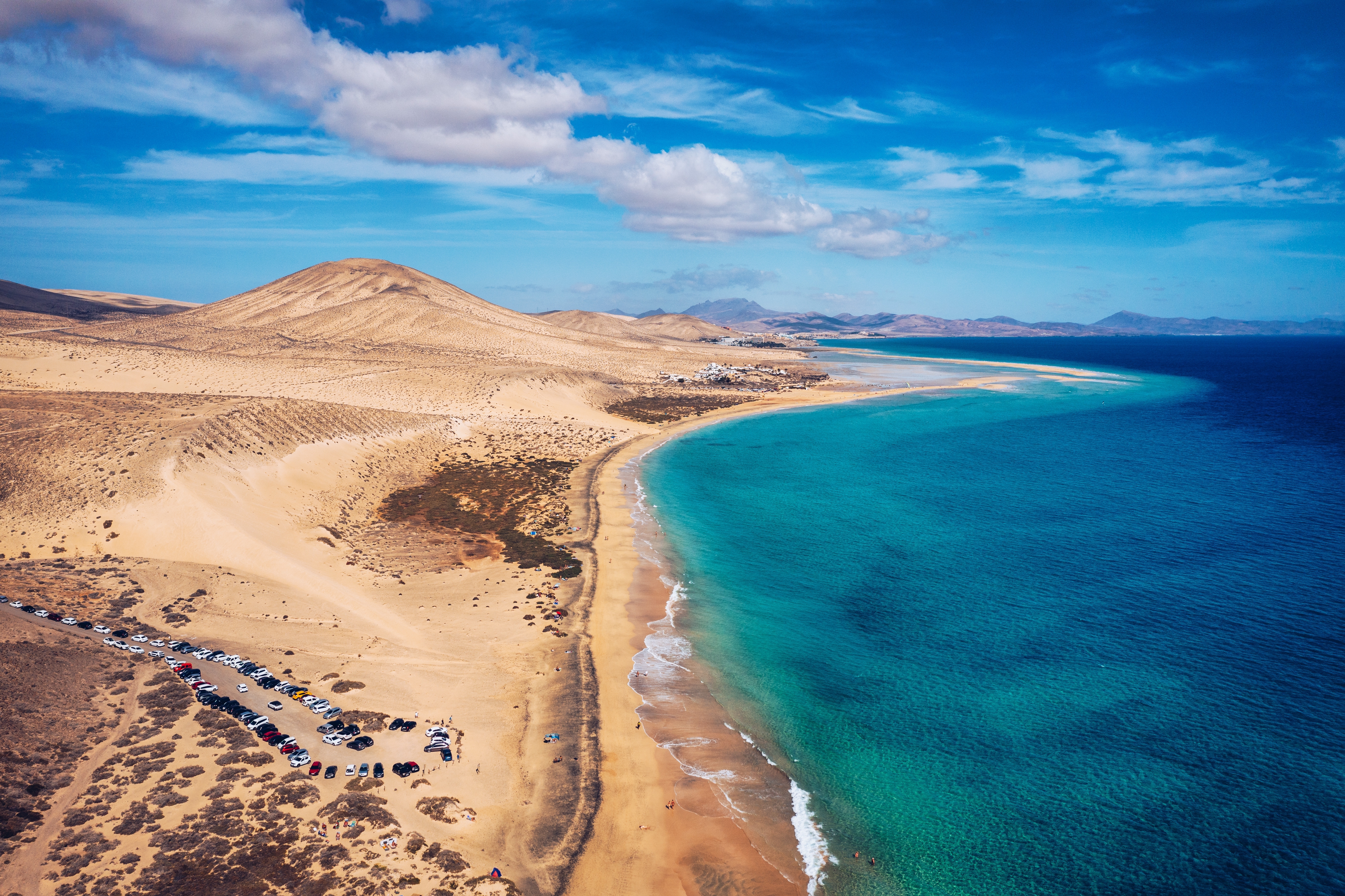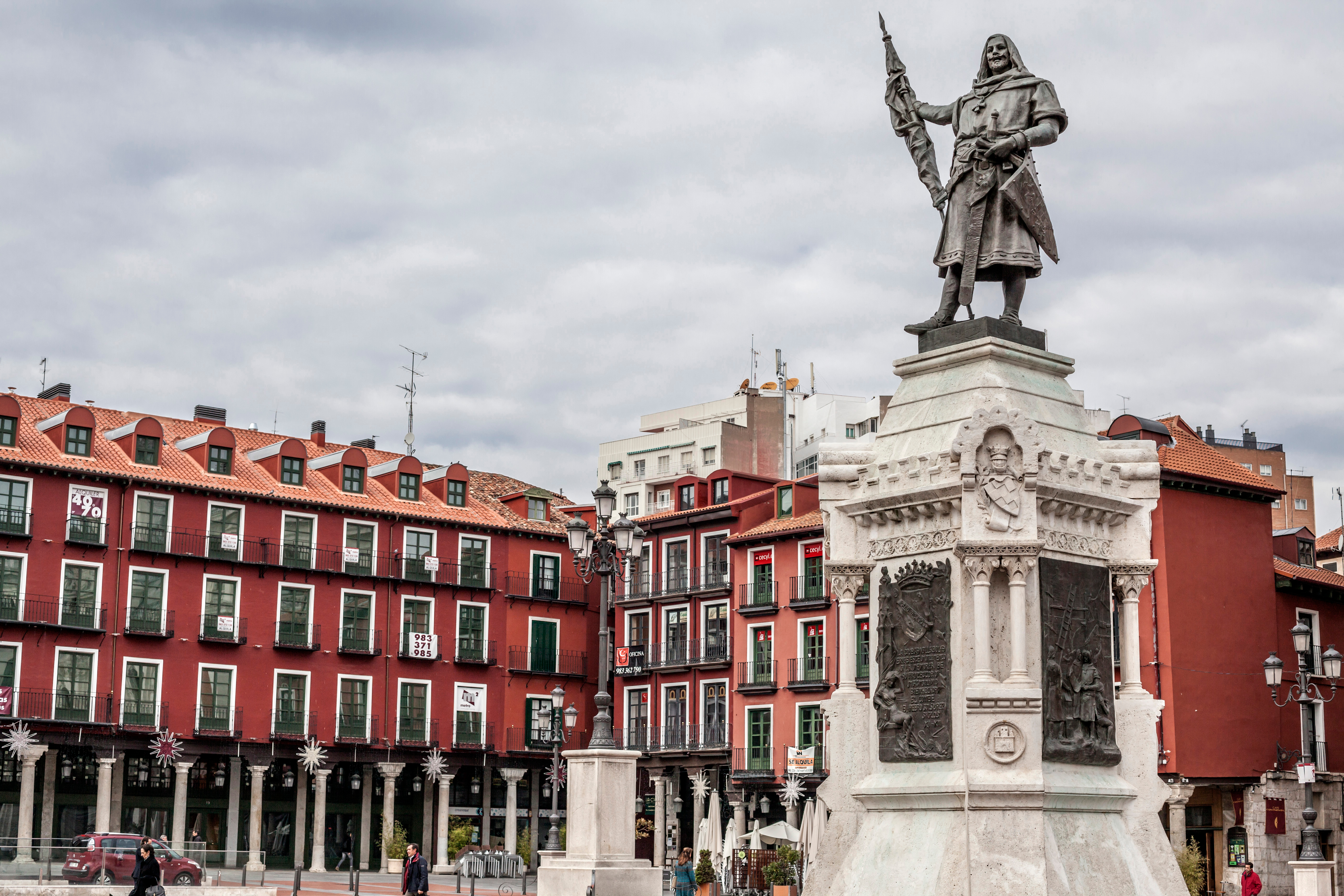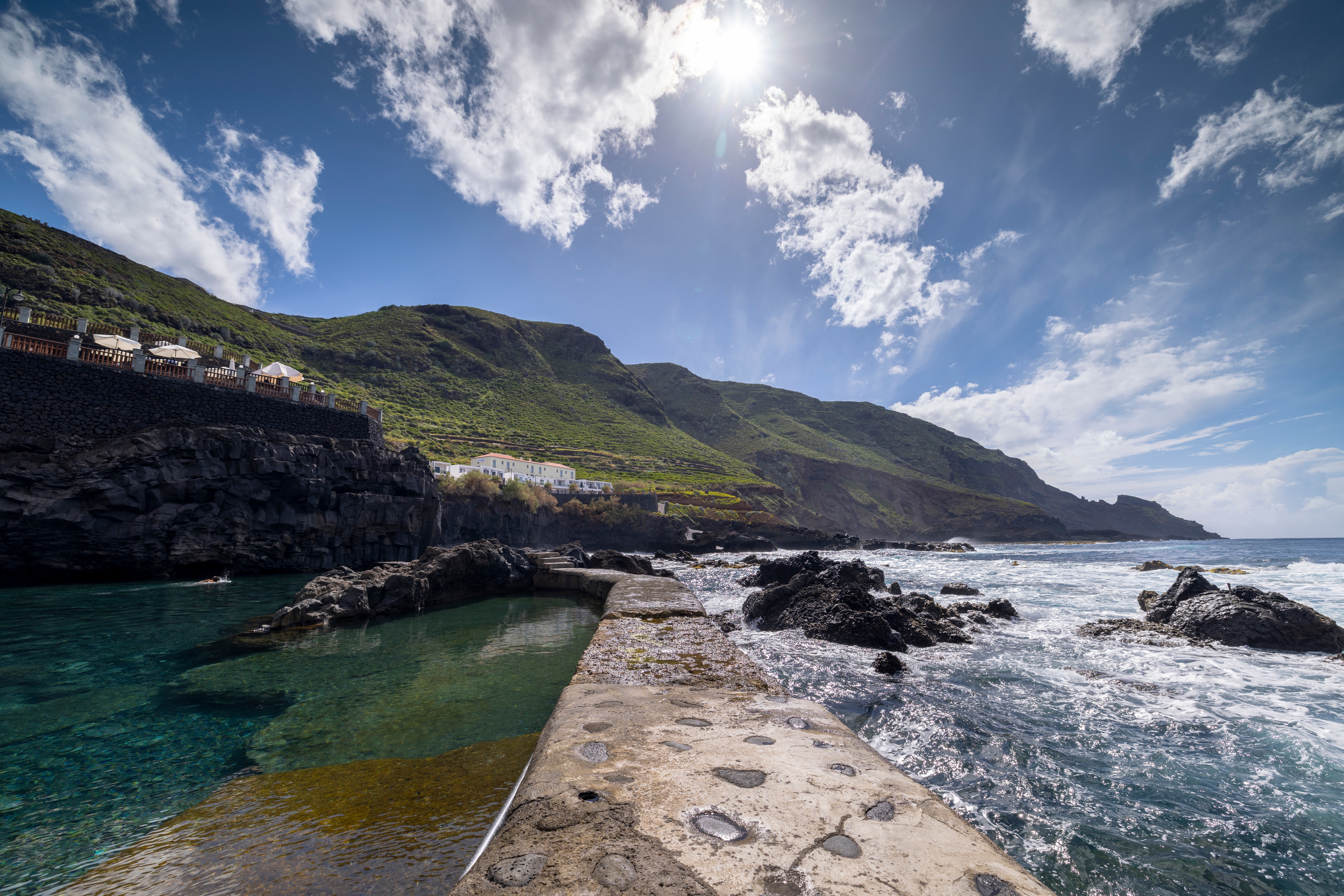3 days in Rome: your guide to a short city break
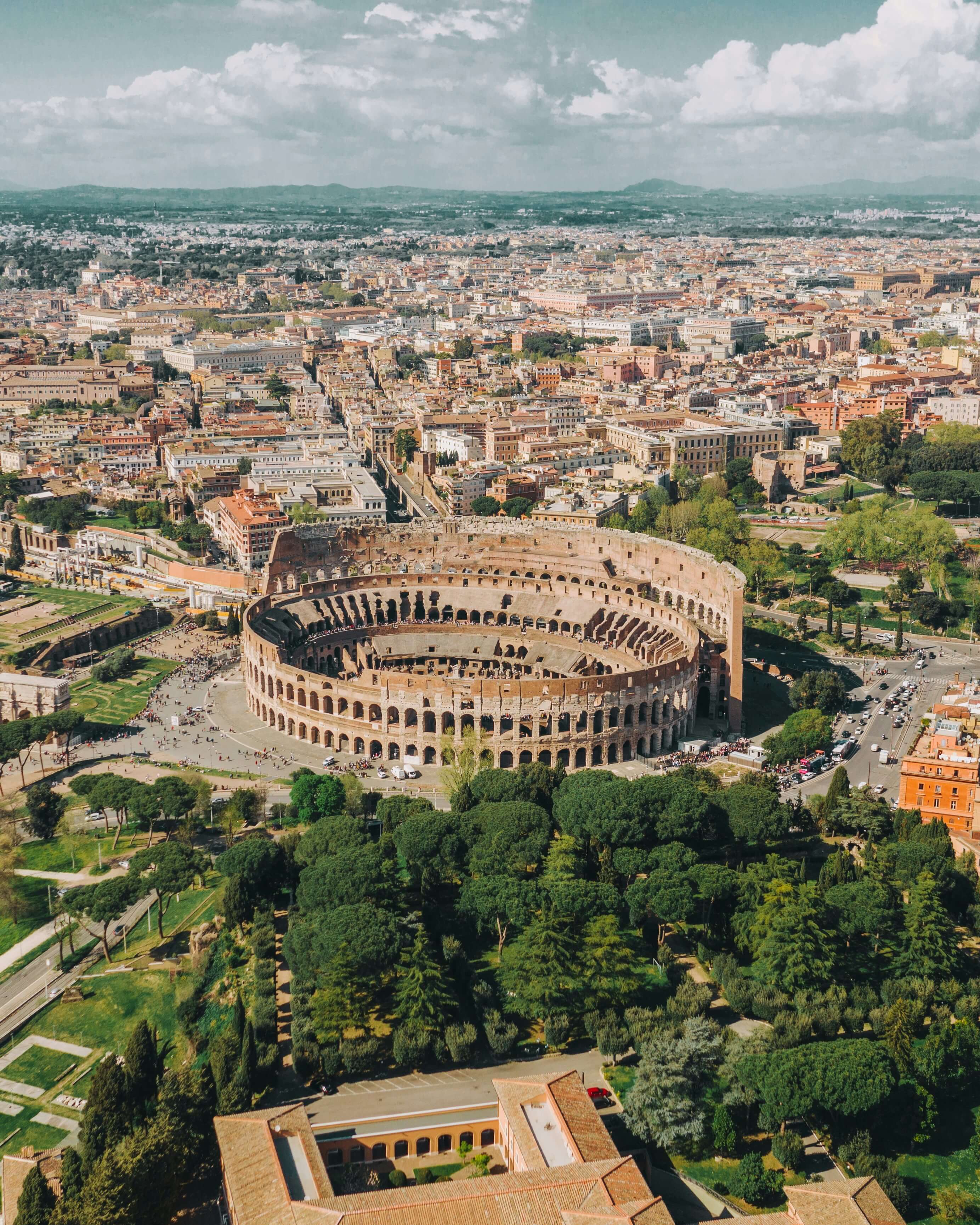
Rome fits well into a short visit. Many key sites sit close to each other, and walking across the center feels natural. Three days give you enough time to explore several districts, take breaks when needed, and see a mix of well-known spots and local areas. Most travelers start in the ancient part of the city, then move toward the western side before reaching places beyond the center. A rental car from Europcar makes those outer areas easier to reach without depending on a schedule.
Day 1 – Historic areas near the center of Rome
The first day starts with a part of the city that draws people in for good reason. Ancient structures, wide stone squares, and narrow streets fill this area with a strong sense of place. Most visitors begin here because many landmarks sit within walking distance. Even a short walk brings something new into view.
The Colosseum
Begin near the Colosseum. Arriving early helps avoid long waits, and the light in the morning feels soft against the stone. You can walk the full circle around the structure before going inside. From there, continue to the Roman Forum. Follow the main road and take time to notice the details around the arches and broken columns. You may want to bring water or a small snack, as there are few spots to stop until you leave the site.
The walk out leads you toward Piazza Venezia. From the edge of the Forum, you will see the large white monument that stands at the center of the square. Use this area as a visual anchor — it helps you stay oriented without checking a map.
The Pantheon
From Piazza Venezia, move toward the Pantheon. The streets between the two often feel full but never chaotic. Stop for a coffee in a quiet square before you continue. When you reach the Pantheon, spend a few minutes in the open space just outside. The building stands low and wide, with thick columns that give it a different presence compared to other churches in the city.
The entrance opens into a large circular space with a round opening in the ceiling. The room feels quiet even when other visitors are inside. Once you step out again, stay in the area. Several small alleys lead toward Piazza Navona. You may want to pass through without stopping, or stay for a short rest on one of the benches.
Monti district
To close the day, return toward Monti. This district stands not far from the Colosseum but feels calmer once the sun begins to set. Restaurants open their doors around this time, and the streets begin to fill with a mix of residents and travelers. You can find dinner on a side street, with a menu that changes with the season. If you have time after your meal, walk a little more through the area. The light in the evening gives the buildings a soft color, and the corners feel peaceful after a day of movement.
Day 2 – Cultural sites on the Roman west side
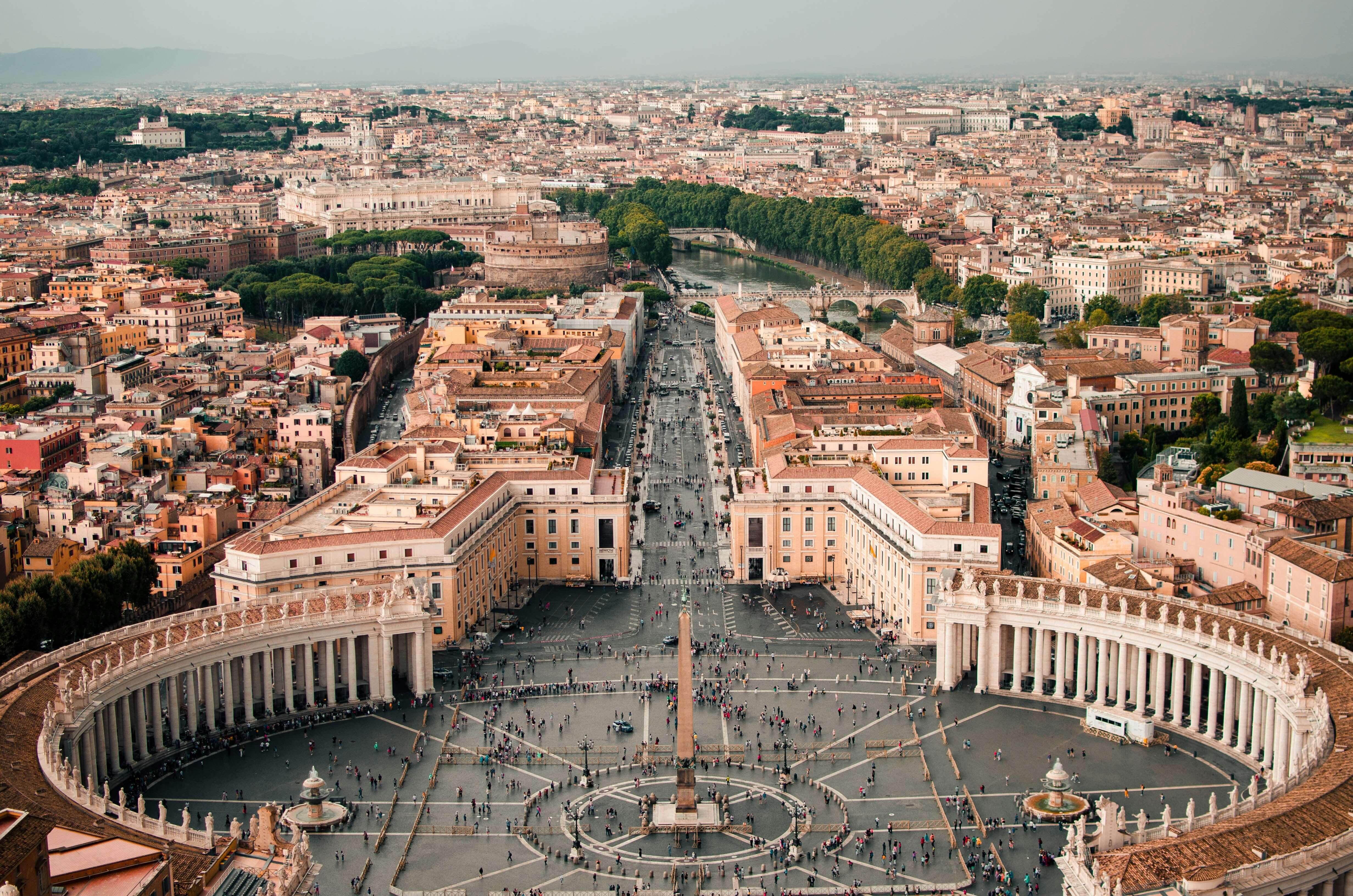
This part of Rome offers a different atmosphere. The spaces feel larger, the streets stay quieter, and the architecture changes in tone. Visitors often notice the slower flow in this area compared to the center. Moving through this district brings a balance of well-known places and local surroundings that still reflect everyday life.
Vatican district
The walls around the Vatican rise high above the street. Entry points to the museum area sit along a long sidewalk that often fills early. Booking a time slot helps avoid delays, especially during holiday weeks. Once inside, you follow a path through galleries filled with classical statues, painted ceilings, and corridors shaped to lead you forward. The final part of the visit opens into the Sistine Chapel, where most people stand still for a while.
From there, the path continues into Saint Peter’s Square. The wide open space holds a central place in the district. Stone columns curve around the square. At the far end stands Saint Peter’s Basilica. Entry does not require a ticket, though a line may form. Inside, the large interior invites visitors to look up and walk slowly. Light comes in through high windows and falls across side altars and marble floors.
West of the Tiber
The river sits just beyond the edge of Vatican City. Several bridges connect both banks. One of the older ones, lined with statues, faces Castel Sant’Angelo and draws a steady flow of people during the day. From the center of the bridge, you can see down the water in both directions. Buildings on the opposite side rise above trees and older rooftops.
Crossing over leads to smaller streets with fewer shops and less noise. Here, the city feels more relaxed. Houses show age in the best way. Stone walls, green balconies, and faded signs suggest that change happens slowly. The streets move in no clear pattern, but each one carries something of its own. A shaded bench, an empty church, or a family-run café gives this side of Rome a different pace.
This area works well as a space to pause. You can sit, eat, or walk without checking a plan. Moving without pressure allows more attention to the details. Rome gives you a different experience when you leave time open and notice what’s in front of you.
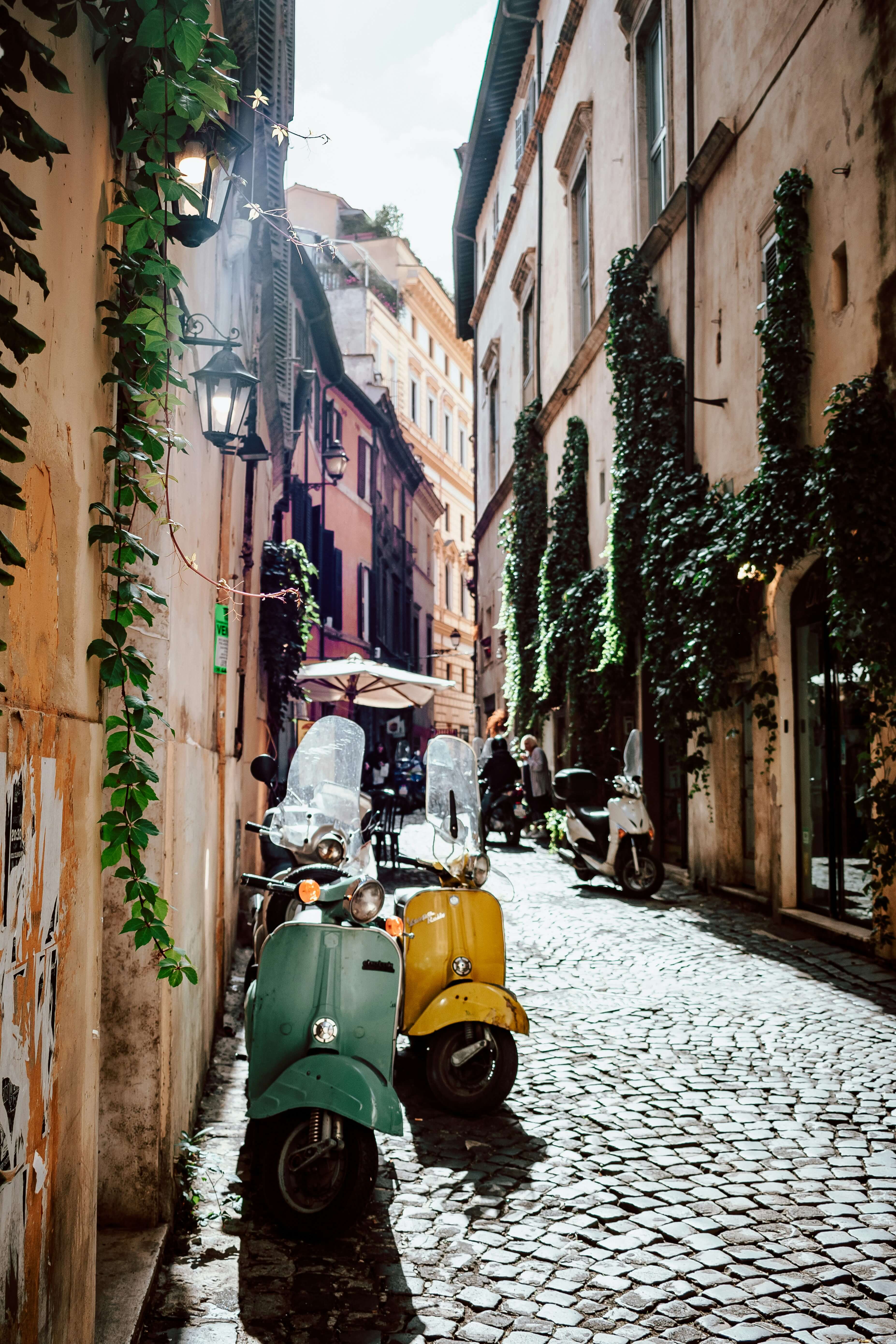
After spending time in the center and western districts, the third day opens up different surroundings. Space feels wider. Roads stretch out. Trees and open ground replace stone and narrow streets. Many visitors look for a change of pace on the final day, and this is where having a rental car can make things easier. Moving just outside the city brings access to areas that feel calm, personal, and removed from the usual paths.
Ancient remains and coastal air
To the southwest sits an archaeological site that often stays overlooked. Low walls, intact mosaics, and a wide layout make it easier to picture daily life during Roman times. Walking through these ruins feels different from the Forum in the city. Here, the space stays open, and the air carries more light. Grass grows around the edges, and silence fills the gaps between structures. A path leads through old markets, baths, and houses with visible doorways and small courtyards.
A short drive from this site takes you toward the coast. The air picks up a salty edge, and streets begin to open toward the sea. Along the way, smaller places appear that offer a break for food or a quick walk. Some travelers prefer to keep moving, while others choose to stop in these areas before turning back toward Rome.
Hills, gardens, and quiet roads around Rome
East of the city, a different setting takes shape. The road curves gently up, and the temperature often drops by a few degrees. Trees grow thick on the hillsides. Houses rest above the road, and stone walls frame the view as you pass through each small town. These places feel removed from the city without requiring a long trip. You can stop in a public garden or sit near a fountain with no noise around you.
One of the better-known locations sits on a lake. The water stays still through most of the day, and the edge of the village offers space to sit or walk near the shore. Restaurants face the lake without drawing large crowds, and the view changes as the light moves. This kind of afternoon gives space for thought before returning to the city.
With a car from Europcar, reaching these places feels simple. You can leave early, follow your own route, and decide when to return. No schedule, no rush.
Where to stay in Rome for a short visit?
Choosing a place to stay in Rome depends on how you want to move through the city. For a visit that lasts only a few days, location matters more than extras. Staying near the center helps you walk between the main landmarks without using transport. Rooms in this area tend to cost more, but they often cut down on time spent in traffic or waiting for buses.
Many travelers choose areas around Termini, Monti, or Campo de’ Fiori. Each one offers a different setting. Termini sits near the main train station, which makes arrival and departure more convenient. Monti feels lived-in, with older buildings and small streets that stay active through the day. Campo de’ Fiori lies close to the river and many key landmarks, while still offering places to eat and relax.
Some prefer to stay just outside the center for more quiet. Neighborhoods like San Giovanni or Prati offer easier parking, less noise, and lower prices. If you rent a car with Europcar, these areas may make pick-up and return simpler. You still reach the center by foot or public transport without long delays.
In all cases, booking a place with easy check-in and late arrival options helps. A short trip works best when you remove stress at the start and end of each day.
Tips for first-time visitors to Rome
First-time travel in Rome often brings surprises that have nothing to do with monuments. Many of the most useful insights come from small interactions, timing, and local routines. Knowing a few of these details before arrival helps shape a smoother experience.
Entry rules in sacred spaces
Churches and religious sites ask for modest clothing. Shoulders and knees need to stay covered in most locations. Some visitors carry a scarf or light wrap for this reason. Inside these buildings, a quiet voice shows respect. In some chapels, staff ask guests to remain silent. Rules around photography vary and often appear on signs near the entrance.
Mealtime expectations
Restaurants open later than in many other cities. Lunch often begins around midday and dinner rarely starts before sundown. Between these hours, kitchens tend to close. Checking hours in advance avoids confusion. Service charges may appear on the bill. Tipping stays optional but polite, with coins left on the table after a good meal.
Moving through streets
Crosswalks function differently here. Painted lines offer a place to cross, but drivers do not always slow down. A steady step forward, without rushing, signals your intent to pass. Eye contact works well. Inside the city, traffic moves fast but not aggressively. Keep your path clear, and avoid sudden stops on narrow sidewalks.
Small habits with a local tone
Daily life carries its own code. Many people greet store owners on arrival and departure. Coffee at the bar costs less than sitting down. Time passes more slowly in residential areas. Signs and gestures often say more than words. The mood of the city changes by block, and each one offers something worth noticing.
Where to eat during your trip
Food in Rome shapes much of the experience. The setting matters as much as the plate. You will find many places that serve traditional dishes without putting on a show. Understanding what to look for in each area helps avoid places that target short-term visitors. A quiet street with paper menus and few signs in English often leads to a more grounded meal.
Near the ancient center
In areas close to the Colosseum and the Forum, options vary widely. Some restaurants near main squares focus more on foot traffic than quality. Moving a few blocks away can bring more reliable cooking. Monti offers smaller trattorias where pasta dishes follow local rules and ingredients come from nearby producers. Portions stay balanced and service feels unhurried.
West of the river
Trastevere gives space for meals in open courtyards and tight corners. Many of the best spots hide in streets without names on the walls. Kitchens here often prepare Roman classics like carbonara or cacio e pepe with few changes. Further north, Prati offers a more polished setting without raising prices too high. This part of the city feels less crowded in the evening and works well for a slower meal.
Outside the city
Travelers who reach outer towns on the third day find a different rhythm at the table. Food arrives without ceremony. Local wines come by the glass, and menus reflect the time of year. Places along lakesides or hillsides often rely on a mix of regulars and a few visitors who return each season. Meals tend to last longer here. With a car from Europcar, stopping for lunch in these areas feels natural and simple.
FAQs – 3 days in Rome
Do shops close during the afternoon?
Some small businesses close for a few hours after midday, especially outside tourist areas. Larger shops and restaurants usually stay open all day. Hours often change on weekends and holidays, so it helps to check signs near the entrance.
Are credit cards accepted everywhere?
Cards work in most places, but smaller cafés and shops may ask for cash. Taxis often accept cards, though machines do not always function. Carrying some notes and coins avoids stress when you need to pay quickly.
How early should you arrive for major sights?
Large sites like the Vatican Museums and the Colosseum draw long lines. Arriving near opening time reduces wait times and offers a quieter entry. For smaller churches and galleries, flexible timing usually works.
What is the best way to get to the airport?
Taxis and airport trains both offer direct routes. The train from Termini reaches the main airport in about 30 minutes with no stops. If you have a rental car with Europcar, you can return it at airport locations before your flight.
What type of power outlets does Italy use?
Italy uses type C and F plugs with a standard of 230 volts. Travelers from countries with different systems should bring a simple adapter. Most hotels do not offer converters, so packing one avoids problems with charging devices.
